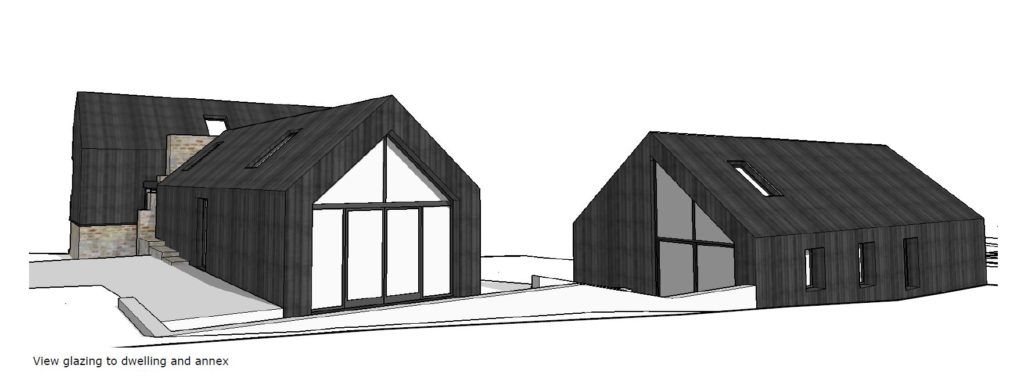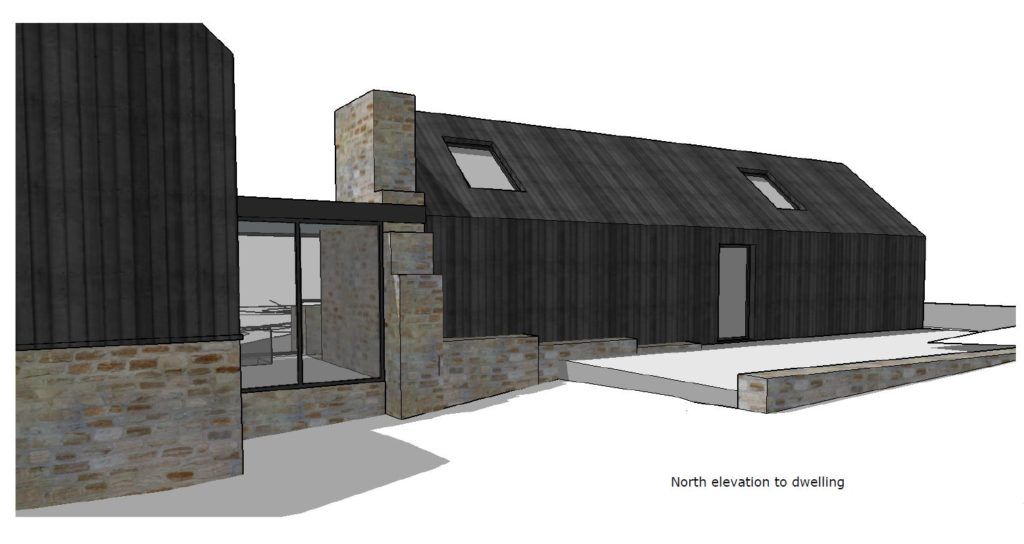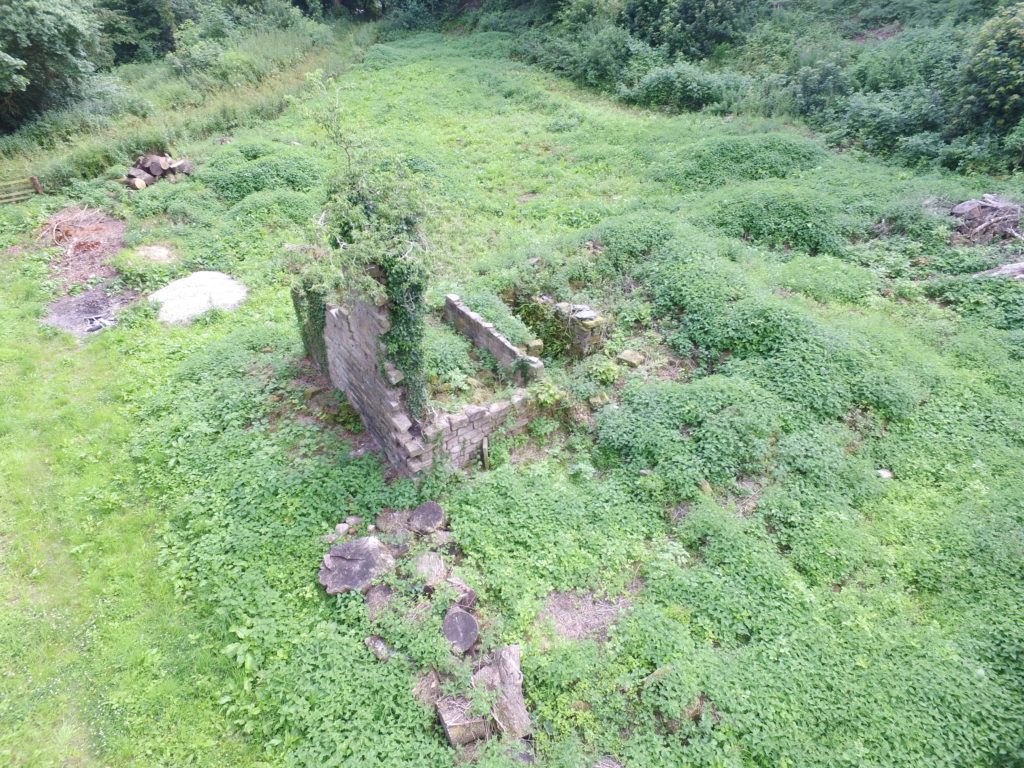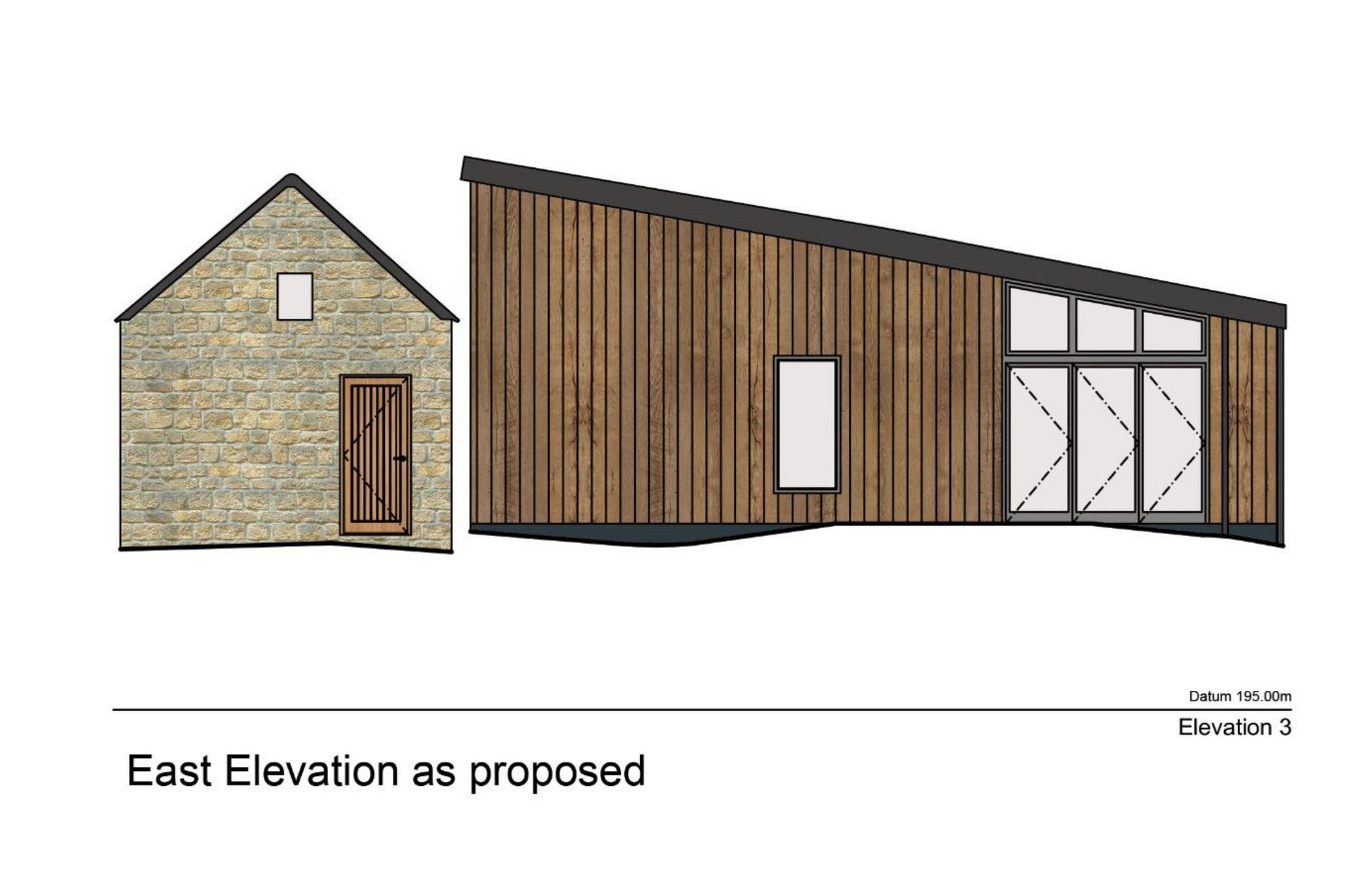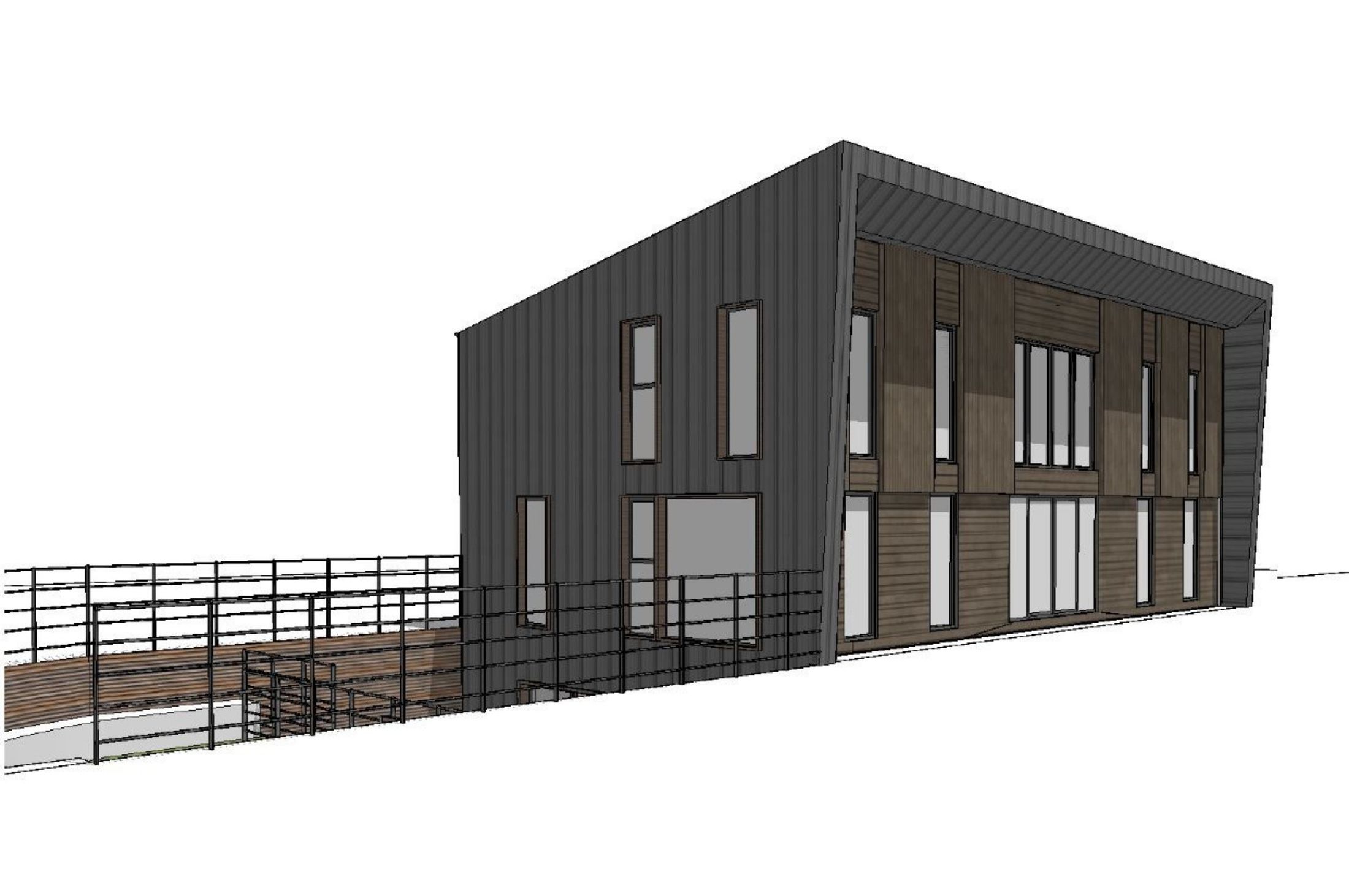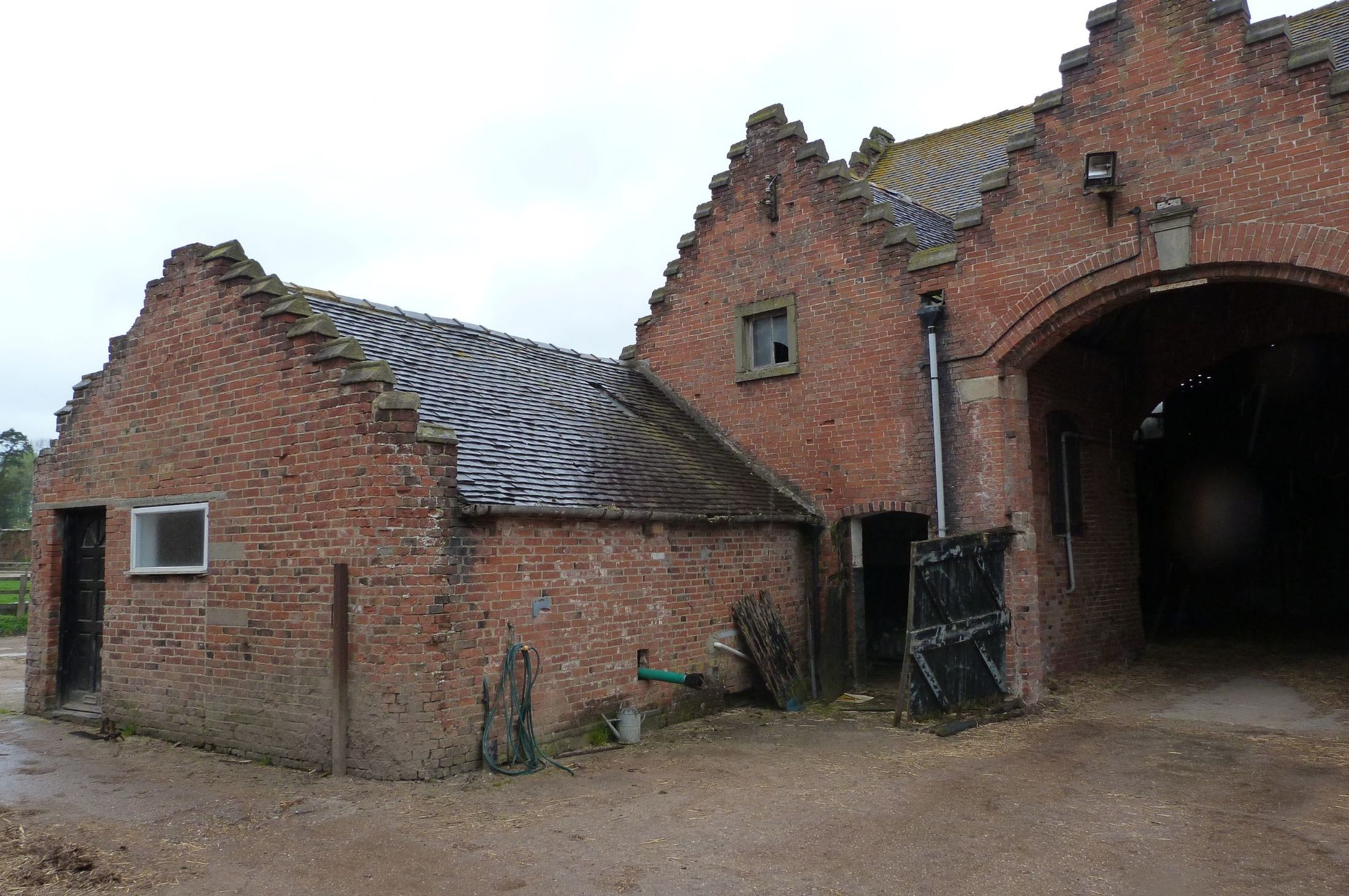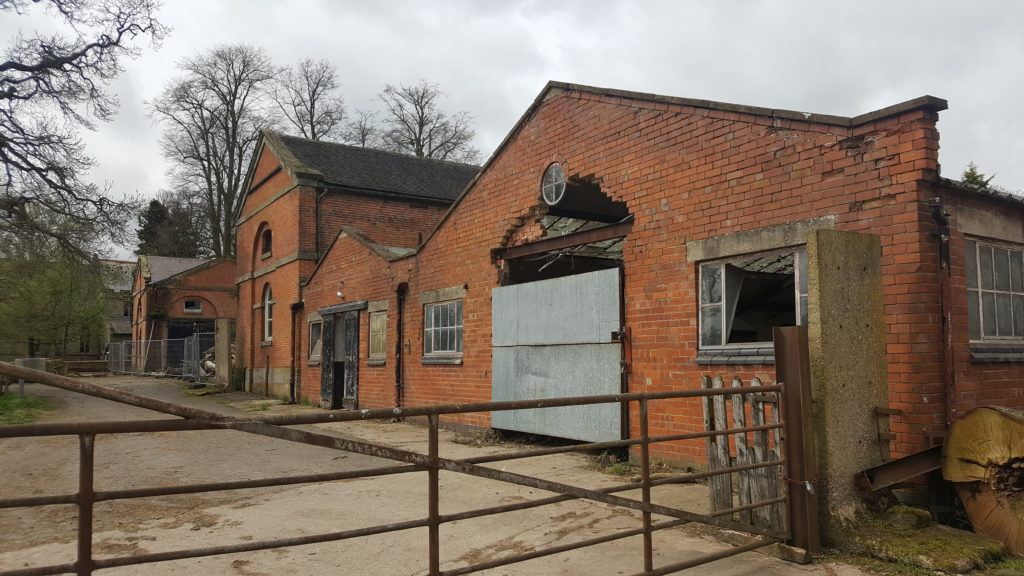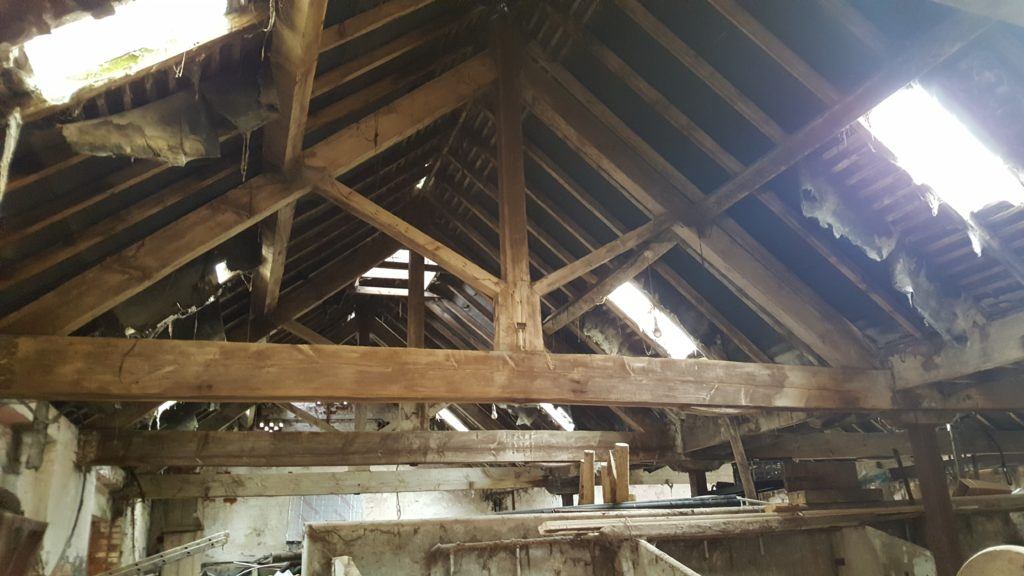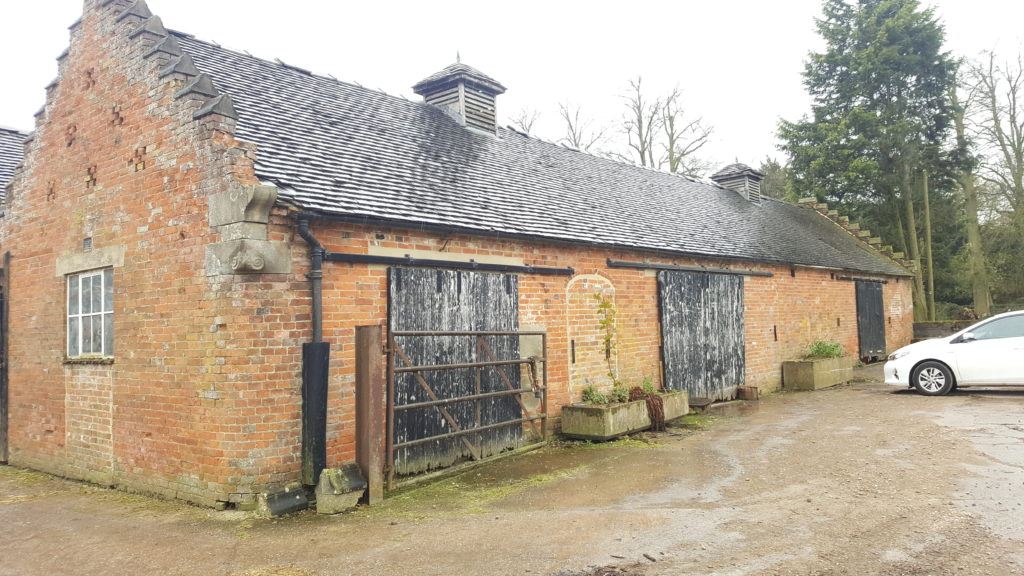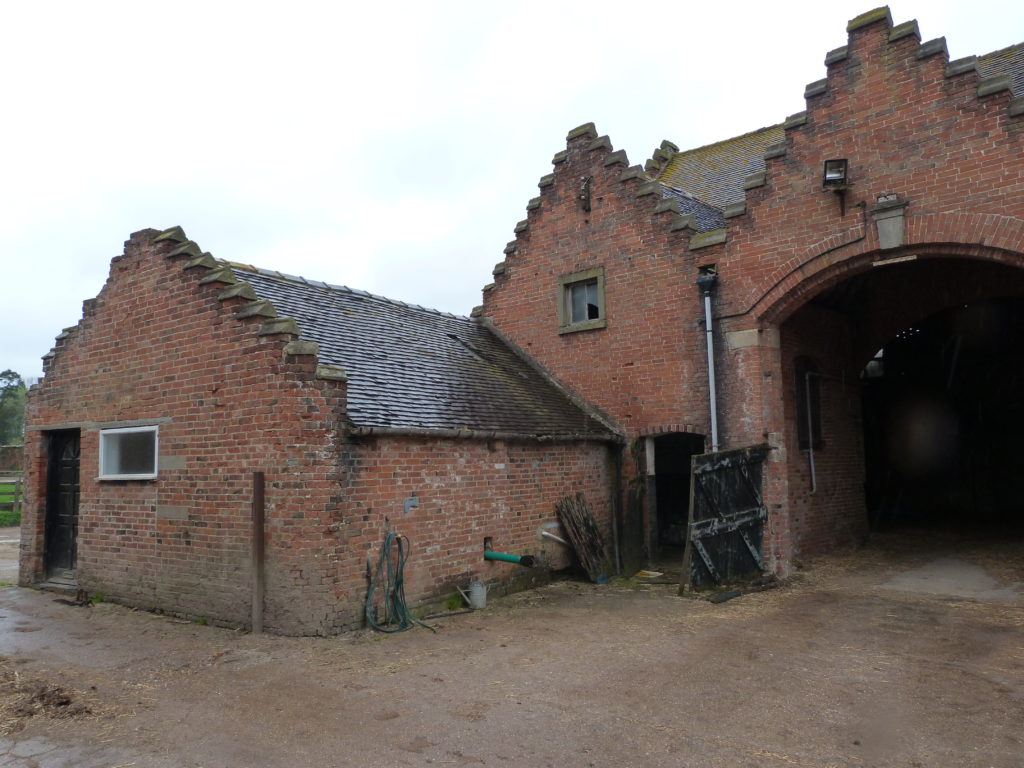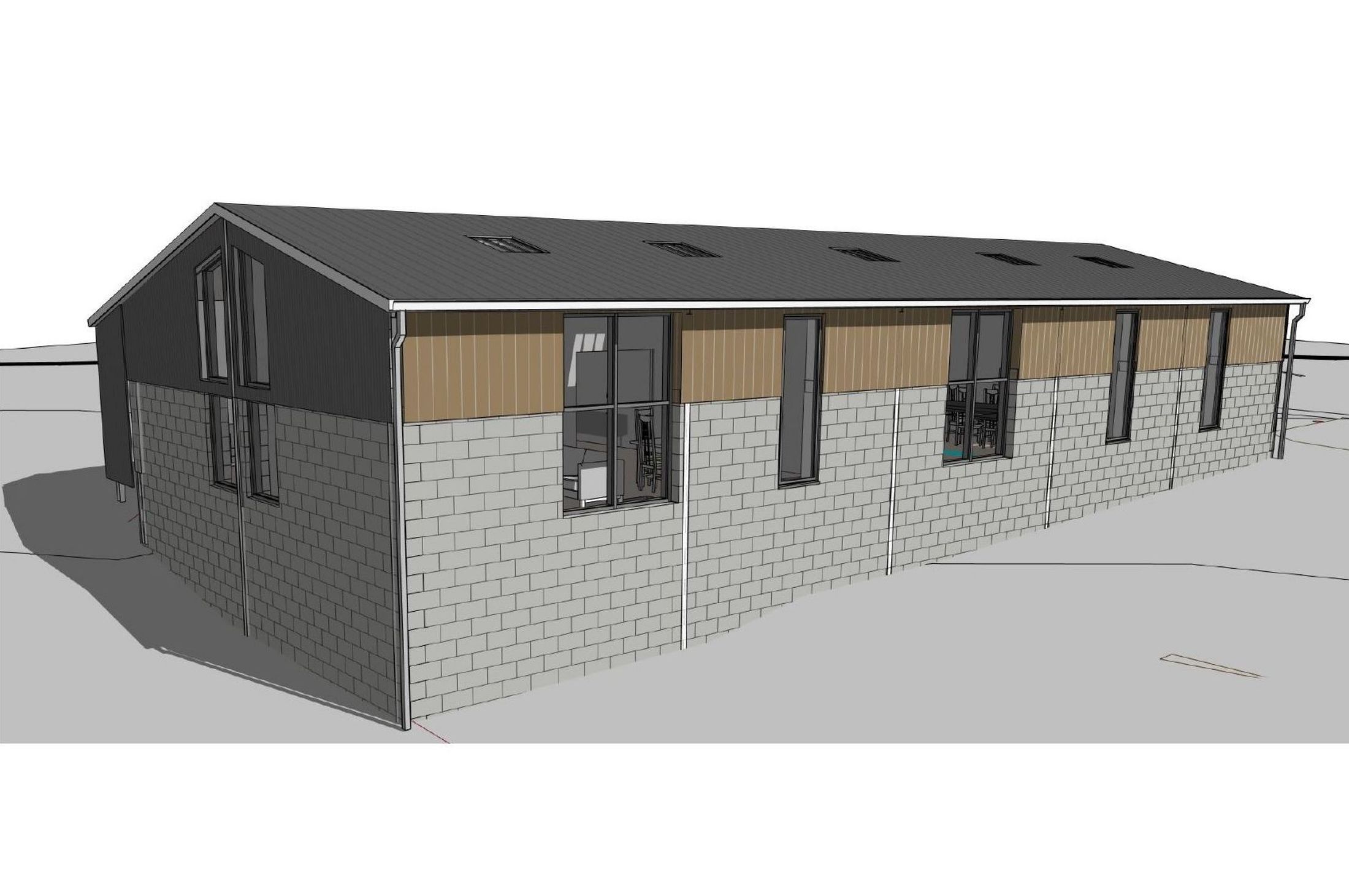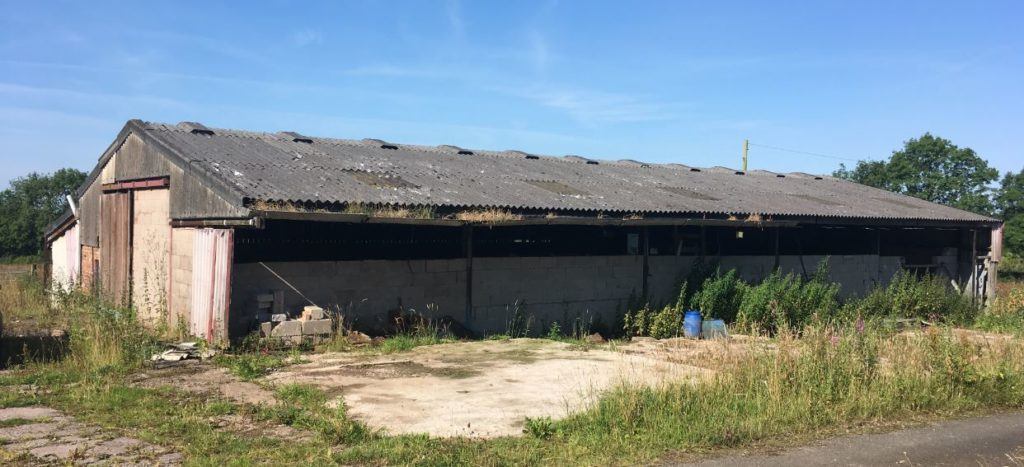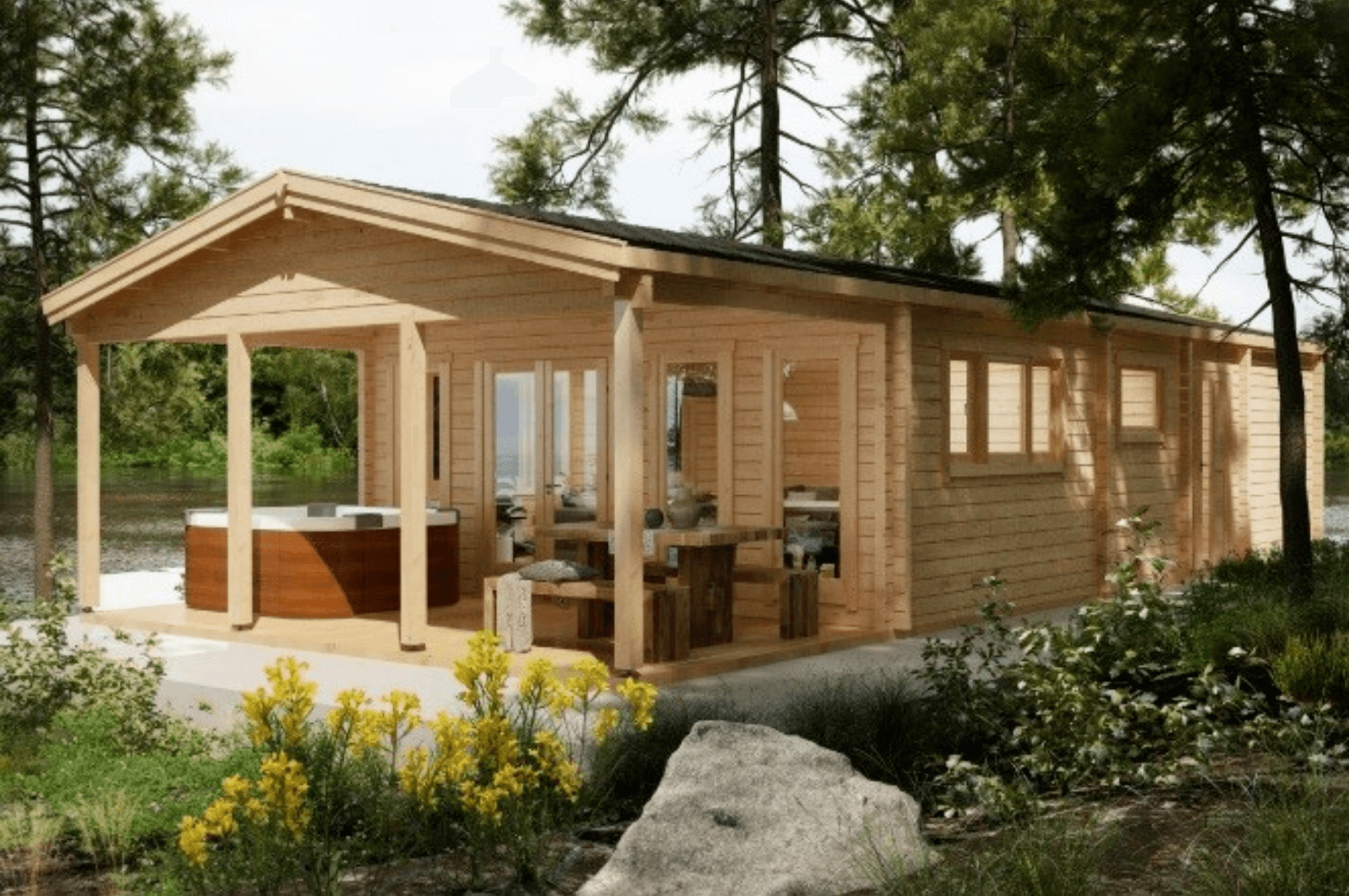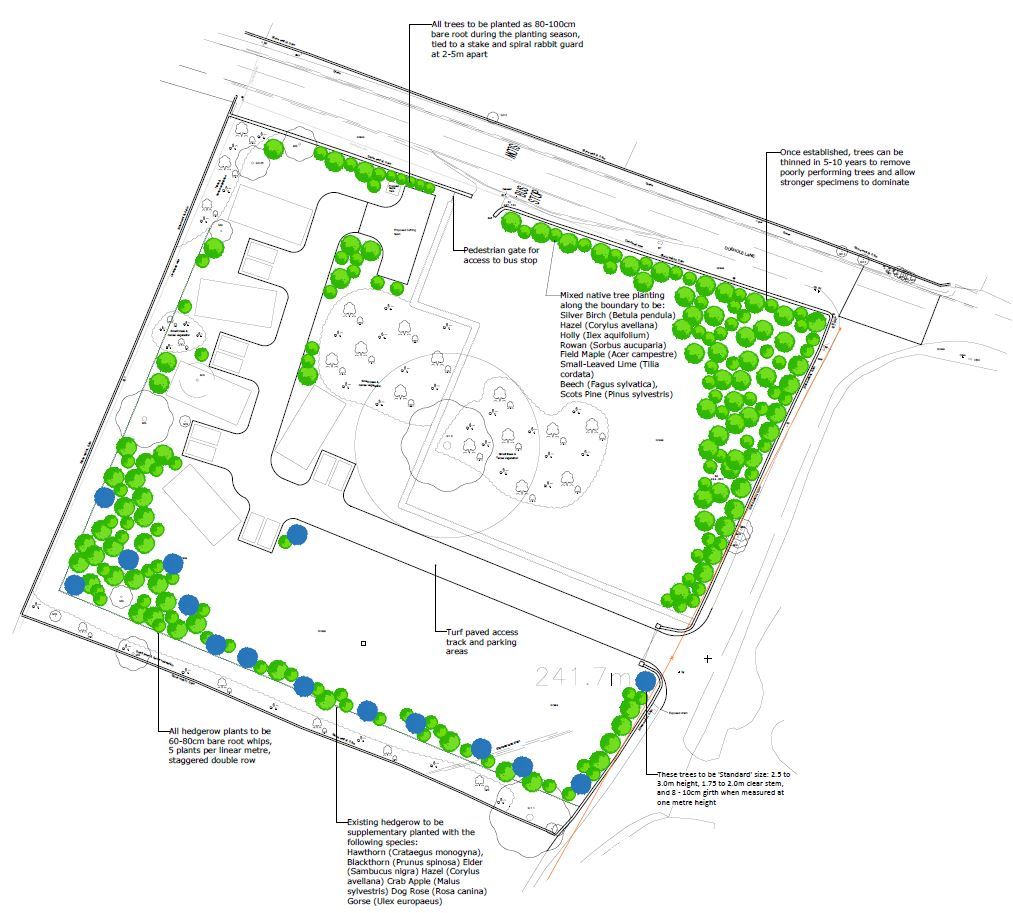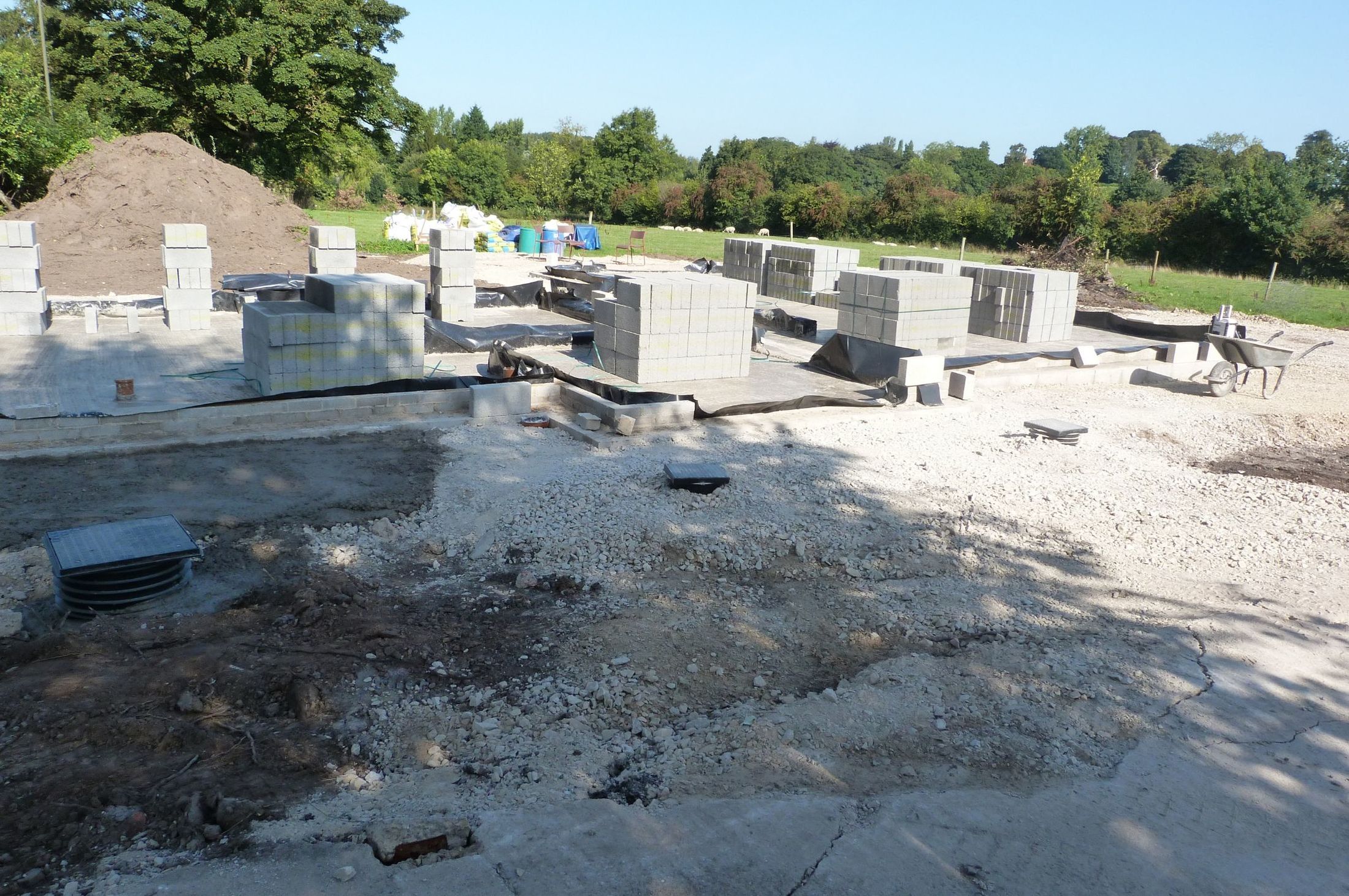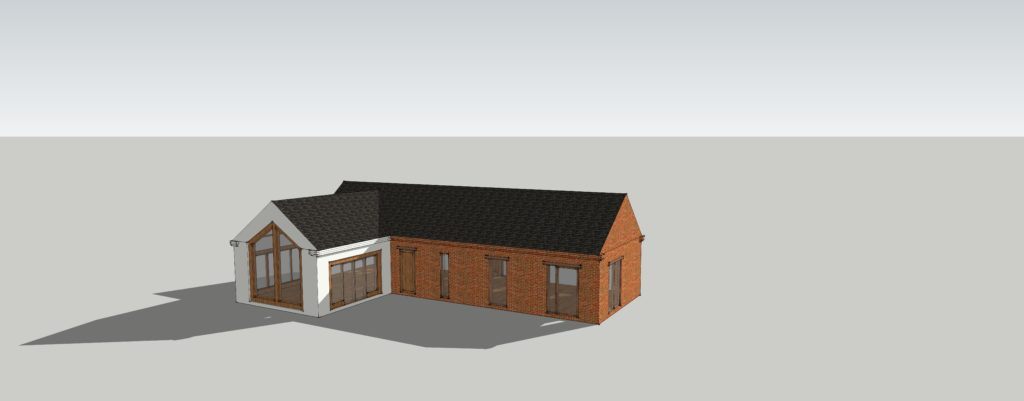Planning & Design Practice have recently won an appeal against refusal of Prior Approval by Staffordshire Moorlands District Council, in relation to a barn conversion under Class Q of Permitted Development.
This permission was hard won, involving 2 applications for prior approval and several re-designs of the scheme, along with the appeal against the second refusal, as well as providing comments in relation to the updated NPPF (July 2018) during the appeal process. Several members of the team were involved in the whole project, eventually achieving the result our clients were after by gaining approval from the Secretary of State’s appointed Inspector.
The Council has a reputation for strongly resisting applications under Class Q, when the building in question is of modern construction, as opposed to more historical barns that are built from brick or stone. However the permitted development legislation makes no distinction in this respect.
Indeed, it could be argued that Class Q has been enacted to facilitate the conversion of modern agricultural buildings, given that a normal planning permission for change of use is still an available route for applicants with traditional buildings.
Key points from the Inspector’s report that found favour with our arguments and evidence included; that the building is structurally capable of conversion; that none of the proposed works would fall outside of those building operations permitted, that they would be reasonably necessary for the building to function as a dwelling; and that the replacement of the roof materials, provided they are not structural elements, would fall within the scope of works permissible.
Other more general comments of note by the Inspector include:
“The nature of agricultural buildings will invariably mean that they will not have all of the necessary elements of a residential dwelling, or have them to the necessary standard or condition, hence the provisions of paragraph Q.1.(i).”
On the matter of the number of windows in the proposed scheme:
“I do not share the Council’s view that the number of windows proposed is excessive or unnecessary.”
In relation to the Council’s criticism of a ‘domestic’ appearance of the scheme:
“The very nature of a change from an agricultural building to a dwelling will invariably introduce a more domestic appearance in the form of windows and doors.”
In response to the Council’s criticism of full height windows:
“The full height form of the windows would not be uncharacteristic in my view, given the size of openings commonly found on agricultural buildings.”
The most interesting comment from the Inspector however, in my opinion, draws a line once and for all under Staffordshire Moorlands District Council’s “resistance in principle” to the conversion of modern agricultural buildings:
“…the permitted development right under Class Q, which as its starting point, grants permission for agricultural buildings to be converted to dwellings, andit must therefore be the government’s intention that, in principle, such buildings can remain in the landscape and serve a new function as dwellings.”
This appeal decision sets a clear precedent for the acceptability of conversion of modern agricultural buildings under permitted development, and there are many sections of this appeal decision that we will refer to in future. It is hoped that the Planning Officers at SMDC will take on board the Inspector’s reasoning and take a more pragmatic view of these types of applications in future.
If you are considering a barn conversion under Permitted Development Class Q or are currently experiencing difficulties with, or a refusal of, a submitted application, please get in touch with us at Planning & Design Practice for advice on 01332 347371 or email enquiries@planningdesign.co.uk.


